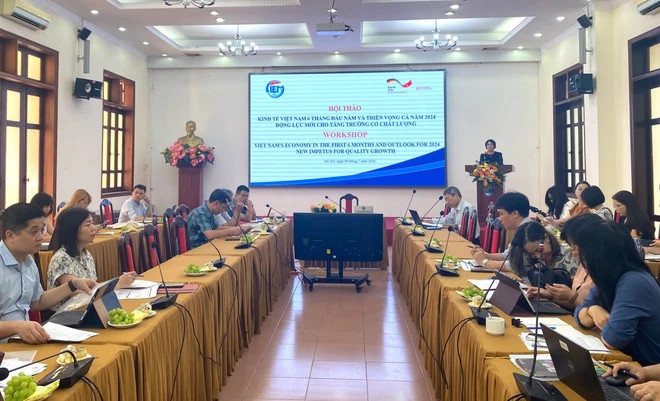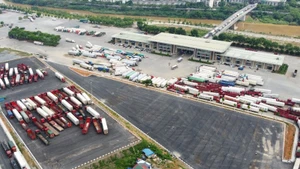In the first scenario, the GDP growth is forecast at 6.55%, and exports to increase by 9.54% compared to 2023. The average consumer price index (CPI) for the year is projected to rise by 4.31% year-on-year, and the trade balance to maintain a surplus of 5.7 billion USD.
Meanwhile, in the second one, the country’s economic growth will reach 6.95%, with export growth hitting 11.64%, CPI surging by 4.12%, and the trade surplus rising to 7.3 billion USD.
The first scenario assumes that global economic factors will continue to align with assessments from international organisations, and Vietnam will maintain policy efforts similar to those in the first half of 2024, while the second involves more positive global economic conditions, including faster recovery growth, investors’ increasing interest in Southeast Asian countries, supply chain restoration, and positive changes in investments in digital transformation and green transition.
In the more positive scenario, Vietnam is assumed to effectively implement economic reform and management measures, which produce the best results in terms of public investment disbursement/absorption, credit, labour productivity growth, the business environment improvement, and the enhancement of national competitiveness.
CIEM Director Tran Thi Hong Minh said that since the beginning of 2024, Vietnam has emphasised its priority to boost economic growth by stabilising macro-economy, curbing inflation, and ensuring major balances.
In the first half, economic growth hit 6.42%, exports expanded by 14.5%, and inflation was controlled.
To achieve the goals set for the remaining months of this year, CIEM recommended improving the quality of growth; enhancing the capacity for innovation and adaptation to major trends such as digital transformation and green transition; increasing labour productivity; and perfecting the legal framework for new economic models like circular economy, digital economy, sharing economy, and creative economy.
In addition, the Government needs appropriate macroeconomic policy management solutions and closely monitor inflation developments, while maintaining fiscal space to cope with future shocks effectively.
















